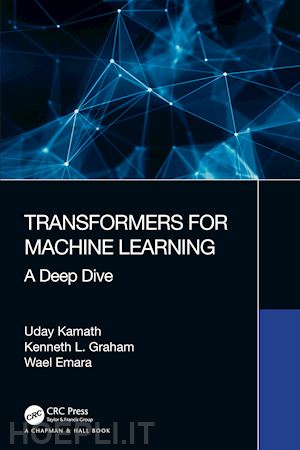Uday Kamath has spent more than two decades developing analytics products and combines this experience with learning in statistics, optimization, machine learning, bioinformatics, and evolutionary computing. Uday has contributed to many journals, conferences, and books, is the author of books like XAI: An Introduction to Interpretable XAI, Deep Learning for NLP and Speech Recognition, Mastering Java Machine Learning, and Machine Learning: End-to-End guide for Java developers. He held many senior roles: Chief Analytics Officer for Digital Reasoning, Advisor forFalkonry, and Chief Data Scientist for BAE Systems Applied Intelligence. Uday has many patents and has built commercial products using AI in domains such as compliance, cybersecurity, financial crime, and bioinformatics. Uday currently works as the Chief Analytics Officer for Smarsh. He is responsible for data science, research of analytical products employing deep learning, transformers, explainable AI, and modern techniques in speech and text for the financial domain and healthcare. Wael Emara has two decades of experience in academia and industry. Wael has a PhD in Computer Engineering and Computer Science with emphasis on machine learning and artificial intelligence. His technical background and research spans signal and image processing, computer vision, medical imaging, social media analytics, machine learning, and natural language processing. Wael has 10 research publications in various machine learning topics and he is active in the technical community in the greater New York area. Wael currently works as a Senior Research Engineer for Digital Reasoning where he is doing research on state-of-the-art artificial intelligence NLP systems. Kenneth L. Graham has two decades experience solving quantitative problems in multiple domains, including Monte Carlo simulation, NLP, anomaly detection, cybersecurity, and behavioral profiling. For the past nine years, he has focused on building scalable solutions in NLP for government and industry, including entity coreference resolution, text classification, active learning, and temporal normalization. Kenneth currently works at Smarsh as a Principal Research Engineer, researching how to move state-of the-art NLP methods out of research and into production. Kenneth has five patents for his work in natural language processing, seven research publications, and a Ph.D. in Condensed Matter Physics.












